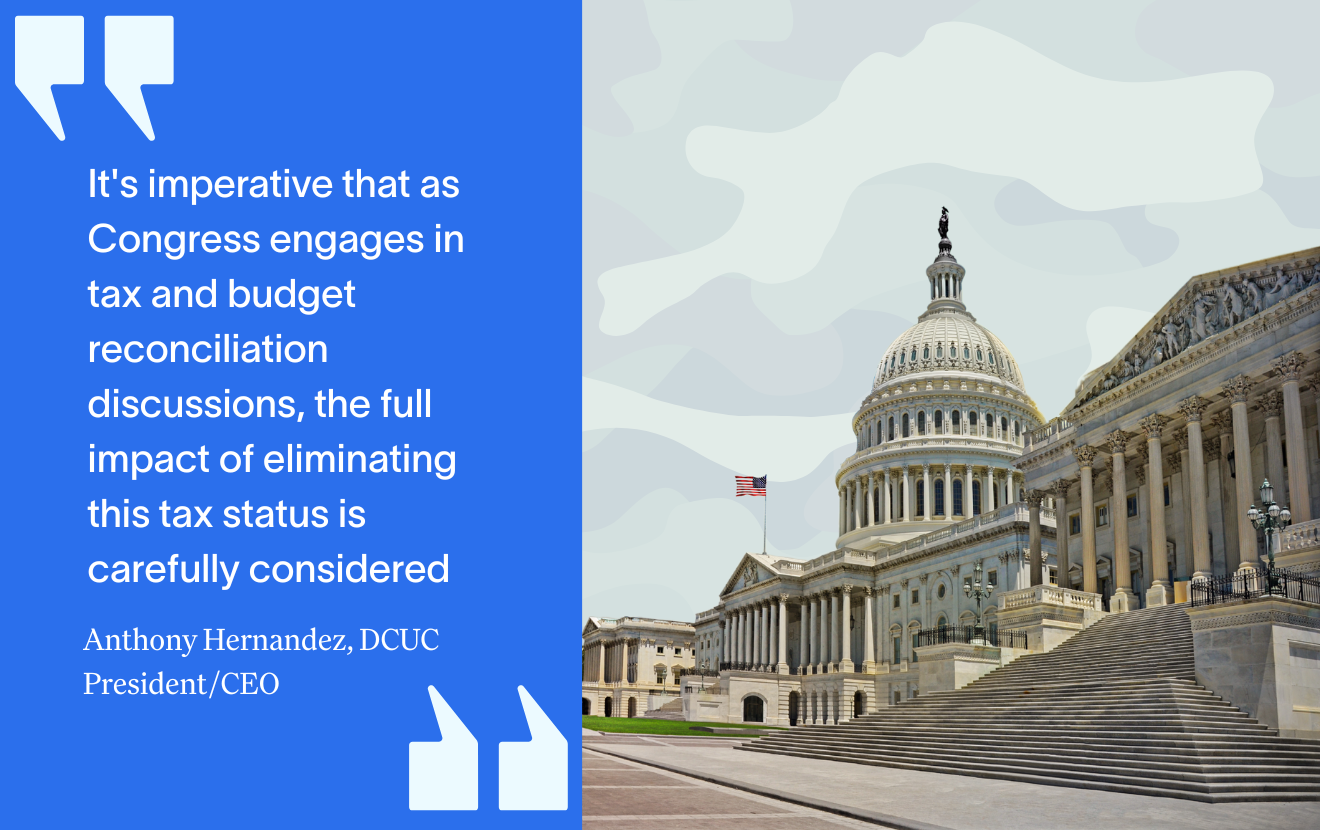First of all, from my experience working with leaders in the CU community, I have to say that it’s a lot less likely to happen to you! The CU people I work with are focused first on service and on bringing benefit to their members and staff.
Having said that, any organization can become infected with a culture of greed and fraud. Let’s talk about how to immunize your culture against the bug that infected Wells Fargo.
It starts with leadership. In my keynotes I show a slide that just says “Undercover Boss.” When that pops up, I ask, “Who likes this show?” Then I slam my hand on any nearby level surface and yell, “I hate it!” How can these leaders be so unaware of what’s happening on the front lines?
The people at the top should be aware of what’s happening throughout the organization. Just after the scandal broke, Wells Fargo CEO John Stumpf told the Wall Street Journal, “There was no incentive to do bad things.”
Well––obviously there was.
A more accurate statement would be that he didn’t know about it––and he should have. Of course it’s easy in hindsight to look at the indicators and see that there was a problem, but their own actions show they were aware of the issue. In fact, over 5 years they fired 5,000 people.
The real problem is that nobody, including Stumpf, wanted to own the problem. Likely because the bad actors were producing very good results.
“The 1 percent that did it wrong, who we fired, terminated, in no way reflects our culture nor reflects the great work the other vast majority of the people do.” (bizjournals.com)
Well––yes it does.
Culture is not the product of a slogan or statement of organization values. Culture is expressed through the behavior of the people in the organization––who may or may not be following those stated values.
Any larger organization, and most small ones too, form subcultures based on levels of authority, specific responsibilities and technical roles. That’s why sales may have a much different subculture than production or upper management. These cultures intersect and interact, but may behave in radically different ways.
If we take Stumpf’s defense at face value, the sales culture was much different than the over-arching culture of “customer first” thinking expressed in the Wells Fargo slogans, and might have been much different than the culture in other parts of the organization.
Dismissing the problem based on percentages is dangerous too. You don’t ignore a small infection because most of your body is healthy. You treat the infection before it spreads.
And just like with an infection,if you allow the infection to spread, you’re sometimes left with no other option but amputation. Apparently that’s what Wells Fargo did.
The real solution lies in prevention. You’ve got to inoculate your culture against bad behavior by creating a discipline of good behavior.
As a martial artist I learned that discipline is simply the development and practice of meaningful and purposeful habits. In the absence of positive habits, negative habits fill the void.
Ethical behavior starts with leadership and must extend to every level, for the exact reason Stumpf cited in his defense. The CEO of a large organization may not be able to know exactly what’s happening at every level––but you can assure a culture of sincere interest where people at every level have direct contact with the leaders who serve them, and that they know these leaders care. This is the only way to assure that an over-arching cultural expectation is practiced at all levels.
This requires continual training at every level. Not just technical training, but training in mindset, attitude and interpersonal skills. These so-called “soft skills” are essential to the effective operation of any “hard” process or system.
Could the Wells Fargo fiasco happen in your credit union? Despite your values of service and your customer first mindset, don’t you have the same pressures to perform? Don’t your people feel the same responsibility to produce results?
Didn’t Wells Fargo promote similar positive values as yours?
Culture cannot be left to chance. Positive culture is the product of training and continual self-awareness. It’s the product of leadership by example––at all levels.
And that takes discipline, commitment and practice––not slogans.







